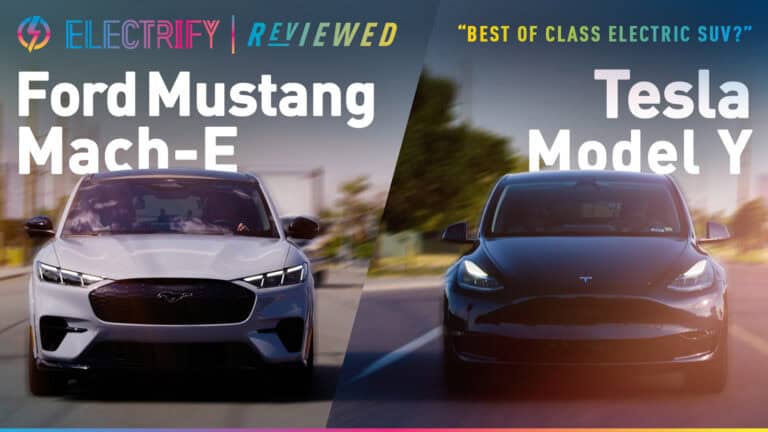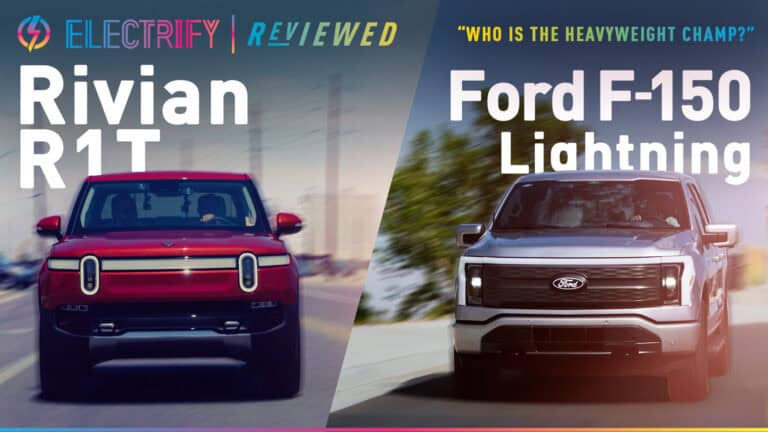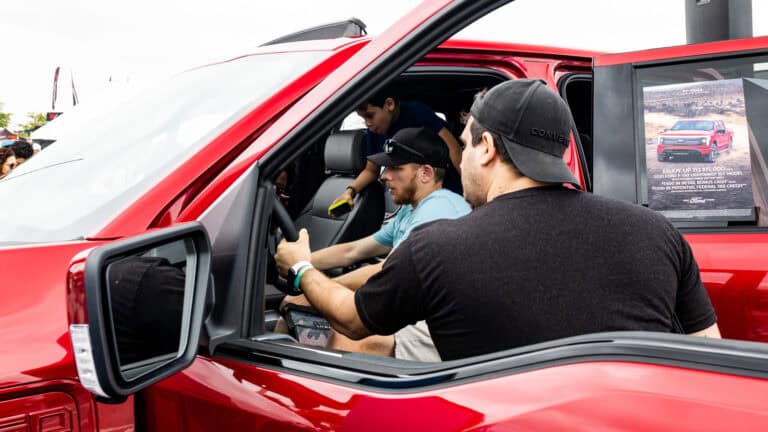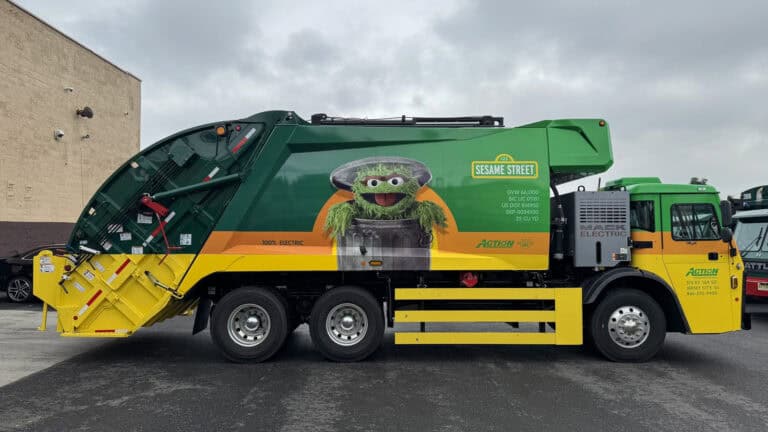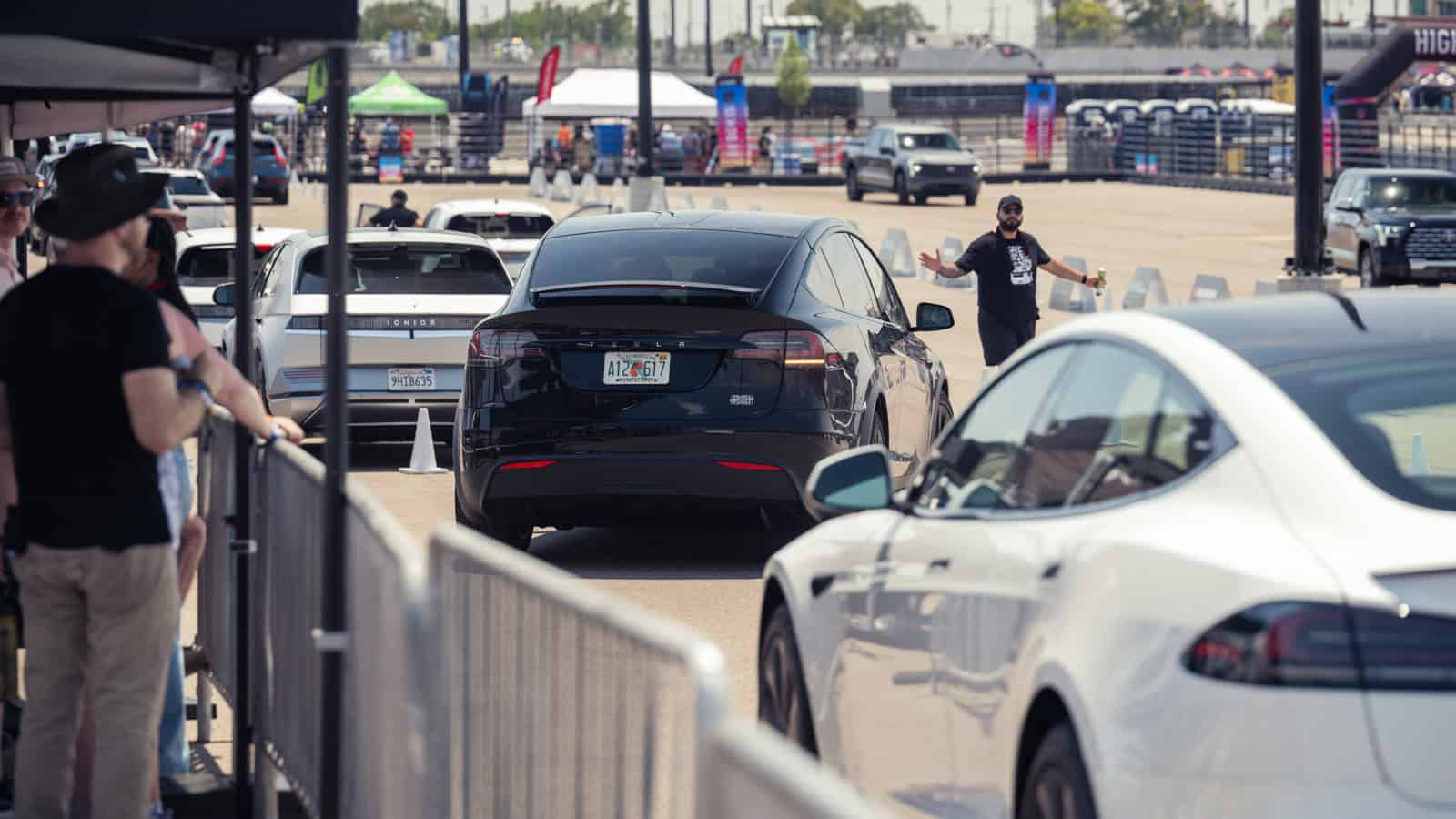- The plan includes selling only zero-emissions heavy-duty and medium-duty trucks by 2040.
- The strategic plan will need cooperation from private industry, the federal government, and community leaders.
- It will connect major ports, railway hubs, and border crossings to strategically move freight along National EV Freight Corridors.
The Biden-Harris White House released the new National Zero-Emission Freight Corridor Strategy to decarbonize the freight industry. This exciting plan includes a realistic and comprehensive approach to making zero-emission freight the national standard by 2040.
ADVERTISEMENT
The administration developed the freight industry’s strategic plan with the Joint Office of Energy and Transportation, the U.S. Department of Energy, the U.S. Department of Transportation, and the Environmental Protection Agency.
Decarbonizing the Freight Industry

Highlights of the strategy include adding more zero-emission heavy-duty vehicles and medium-duty vehicles along with charging infrastructure to support the clean freight industry. Making this change involves a major investment from the private sector along with a change in focus for regulatory energy planning. Making this change will decarbonize transportation and reduce air pollution.
Gabe Klein, the Executive Director of the Joint Office of Energy and Transportation said, “Communities around the country will benefit from zero-emission freight decarbonizing transportation while continuing to support a vibrant economy.”
Achieving the goal won’t be easy. The strategic plan includes 30% zero-emissions heavy-duty and medium-duty truck sales by 2030, and 10 years later, the goal is for the freight industry to sell only zero-emissions trucks. To make the plan a reality, the industry will need access to powerful EV charging stations and hydrogen refueling stations at busy ports, intermodal freight facilities, and busy freight corridors.
Adjusting to zero-emissions freight by 2040 requires an action plan for the National Highway Freight Network. Roads will need updated infrastructure to keep clean transportation moving freight, and the funding will need to come from federal funds and private businesses.
The Federal Highway Administration has designated key roadways in the National Highway Freight Network as National EV Freight Corridors. Renaming specific roadways gives the government what it needs to take action toward the 2040 goal for clean transportation in the freight industry.
ADVERTISEMENT
A Four-Phase Plan to Connect Major Interstate Highways
The plan includes four strategies across the years, taking place in 2024-2027, 2027-2030, 2030-2035, and 2035-2040. The plan has strategic goals based on freight volume on busy National Highway Freight Network roadways and the busiest ports based on annual tonnage.
Later phases will focus on shorter routes where transportation companies are already using zero-emissions trucks for local or regional hauls or first- and last-mile delivery. Priorities include roadways with disproportionate air quality problems from gas-powered heavy-duty and medium-duty trucks. The phases will also include working with states that have zero-emissions policies and grants.
Eventually, the shorter routes and limited hubs will expand to long-haul zero-emissions transportation across the country.

Phase 1 of the National EV Freight Corridors includes opening hubs and connecting short interstate routes along I-5 from Seattle to Long Beach, I-75 through Atlanta, and I-80 through Illinois, Indiana, and Ohio.
Major hubs in the program include border crossings at Detroit, El Paso, Houston, San Diego, and Seattle. Other hubs are in cities like Miami, Jacksonville, Chicago, St. Louis, New York City, Boston, Denver, Salt Lake City, Spokane, Las Vegas, San Francisco, Los Angeles, and Phoenix. Phase 1 encompasses 2024-2027.
In Phase 2, major corridors connect the full distance of I-80 and I-10 for east-west travel and I-95 and I-5 for north-south travel.
Phase 3 opens most routes from the Atlantic to the Mississippi River. Several new small routes open including routes from Seattle to Spokane, San Diego to Phoenix, and Las Vegas to Denver. It also opens zero-emissions routes in Hawaii and Alaska and opens a hub in Puerto Rico.
Phase 4 completes the freight industry project by electrifying 49,000 miles of major highways in the United States.

ADVERTISEMENT

FEATURE IMAGE: FORUM MOBILITY
FTC: We use income-earning auto affiliate links. Learn more.



